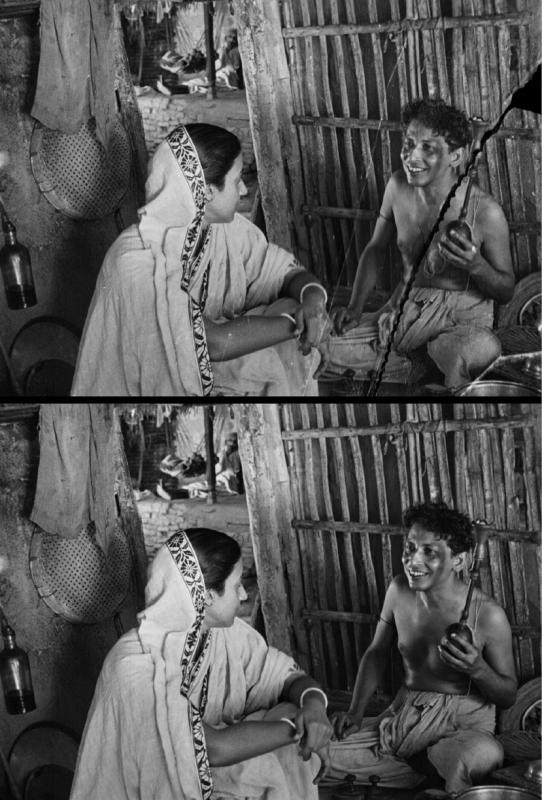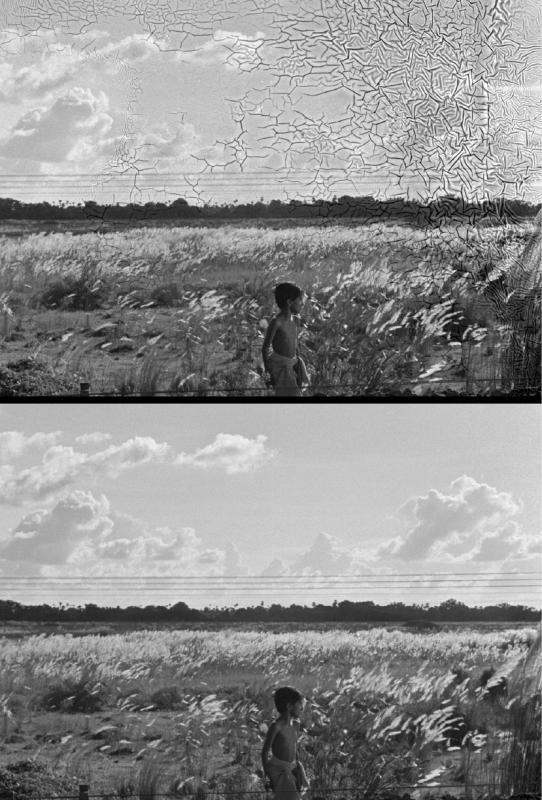Film fans might remember Julie Taymor’s wide-ranging 2007 movie Across the Universe. It opened to mixed reviews, but one thing it had going for it was the strength of its musical foundation: the bulk of the soundtrack — and indeed the whole arc of the film’s story — was built on the classic repertoire of the Beatles.
The boys from England had long been a fun fit for film, making early pseudo-documentaries like Help! and A Hard Day’s Night before stretching out into the animated Yellow Submarine and the “breakup documentary” Let It Be. Like their music, the Beatles’ film work has evolved over time, earning them a place in cinema beyond that of background music.
This week, Beatles scholar Scott Freiman comes to Amherst Cinema to bring the band back to the screen again. His presentation, Say The Word: Deconstructing The Beatles’ Rubber Soul, is the latest in a string of Fab Four events he has brought to the cinema over the years, in which he typically focuses on a particular album from the band’s career, breaking down the behind-the-scenes work that went into crafting these musical touchstones. Often using rare and unreleased recordings to shed light on the songwriting process, he enriches the audio experience with period film footage that places the sounds in historical context. You don’t have to be a Beatles fan to enjoy Freiman’s show; anyone with even a passing interest in how records get made — great, lasting records, especially — will come away from it richer.
The Rubber Soul show unspools over two hours on Wednesday night, with the curtain going up at 7 p.m. (Worth a mention: earlier shows have sold out.) In this session, Freiman, a composer who has taught a Beatles course at Yale, chronicles the rapid birth of what many consider one of the Beatles’ top albums. Tasked in late fall of 1965 with producing a new album for a Christmas release, the band took less than a month to craft a number one hit that contained tunes like “Day Tripper,” “Norwegian Wood,” and “In My Life,” among others. It was an achievement that the group made seem like nothing special — just another album full of chart-toppers. But the greatest art is often the most deceptively simple at first glance — or first listen. Freiman shows us that, like so many great paintings, the pop songs these young men were creating contained layers and layers of artistry just below the surface.
Also this week: legendary Indian filmmaker Satyajit Ray’s 1955 debut Pather Panchali brought to light a cinematic voice the world at large didn’t know it was missing. Inspired by Italian neorealism, but focused on Bengali rural life, Ray’s film introduced us to the young Apu (Subir Banerjee) — a boy in the first film of what would become a landmark trilogy — following his growth, alongside his older sister Durga and the rest of his poor village, into a thoughtful young man. Decades after the original negatives were destroyed in a fire, this 4K restoration, screening at Amherst on Sunday and Tuesday, returns Ray’s film to the glory it deserves: a place on the big screen. A richly told tale of life on Earth, Pather Panchali and the films that followed it make us feel as deeply as film can. If you’ve never seen it — or if, like so many, you’ve only been able to watch it on a smaller screen — now is your chance. Don’t let it slip.•
Jack Brown can be reached at cinemadope@gmail.com.





